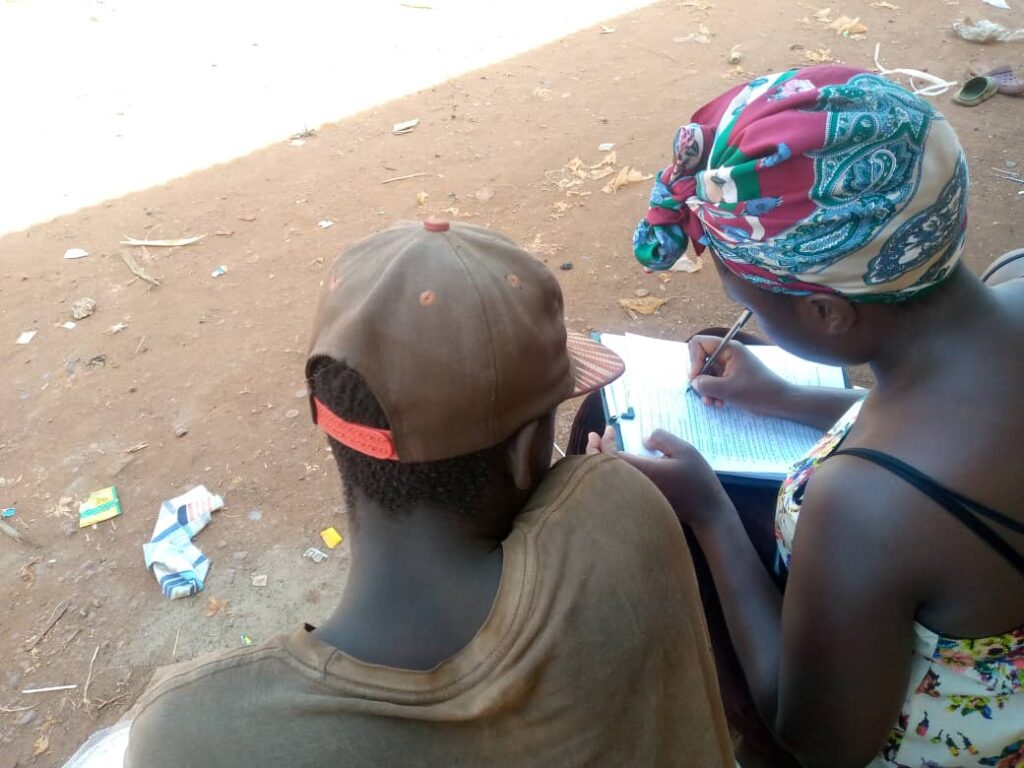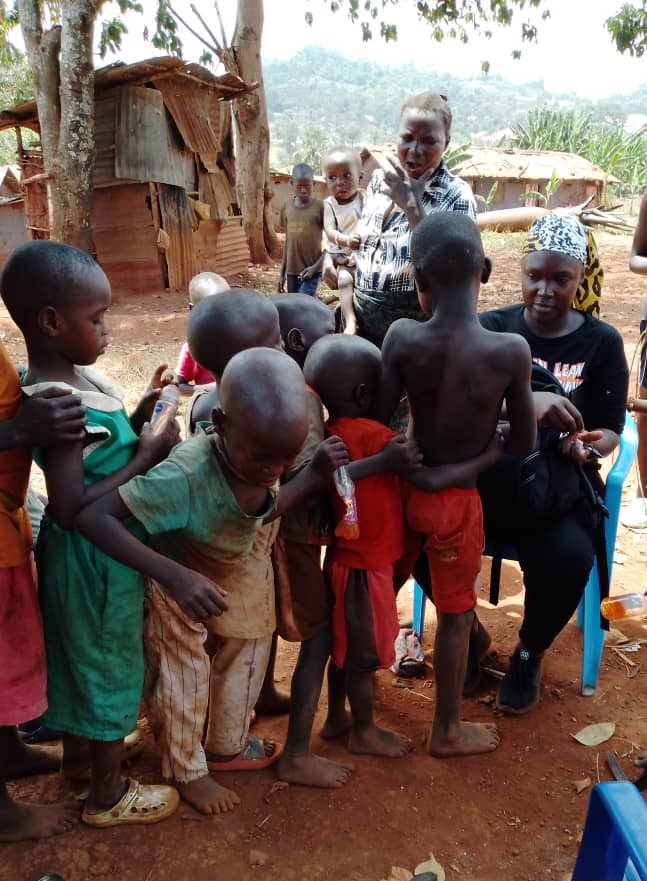S.A.L.V.E. International conducted head counting research in 2023 to establish the number of children on the streets of Jinja, Uganda.
A previous count had been done in 2017 and, using the similar methodology, this was re-done in January and February of 2023. The latest head count showed:
- An estimated 11,516 children were living and working on the streets of Jinja at the start of 2023
- This is a 192% increase from the figures from 2017
- Children on the streets of Jinja are now as young as three years old
- 32% of the children on the streets were girls and 68% were boys
- 14% of the children were sleeping openly on the streets, 16% were staying in child-headed households (insecure houses typically in slum areas without adult care) and 69% were staying with an adult relative and coming to the streets to make money or find food
You can read the Executive Summary of the 2023 head counting research here.
Background to the research
Since the last head counting research was conducted in 2017, S.A.L.V.E. International and the local government in Jinja City had noticed an alarming increase in the number of children on the street. This was put down to a mix of factors but namely the Covid-19 pandemic, the increasing cost of living and an Ebola outbreak in 2022 which further threatened not only health but livelihoods.
There was however, no quantifiable data other than the reported and anecdotal feedback of an increase.
The head count in 2023 aimed to build upon the figures collected in 2017 and better understand the current scale of the problem so that S.A.L.V.E. can try to develop, in partnership with others, more solutions to help to ensure that these children can safely leave the streets and have a brighter future.


Conclusions of the research
The number of street connected children in Jinja has increased dramatically. This means that there needs to be an equvilant increase in support available for these children to support them to leave the streets, resettle back to a safe family home and get an education.
The research showed there needs to be more being done with vulnerable families in the communities, especially those headed by single mothers, to try to make sure that children are not needing to run away to the streets in the first place.
The longer a child remains on the streets, the more likely they are to increase the time they are spending there and to end up living on the streets full time or in a child headed household.
This also increases the likelihood of them experiencing trauma like physical violence and sexual abuse, which will make them more likely to start taking drugs to try to cope with and forget their situation.
Once a child becomes addicted to taking drugs it is much harder to help them to leave the streets. Additionally the longer a child is out of school the harder it is for them to catch up and get to realise their full potential through education.
S.A.L.V.E. International’s vision is to create a world with “No Street Called Home”. We believe it is possible to reduce and eventually stop any child from having to live on the streets. But it needs everyone in the community to work in partnership together by investing time and resources into making this a reality.
